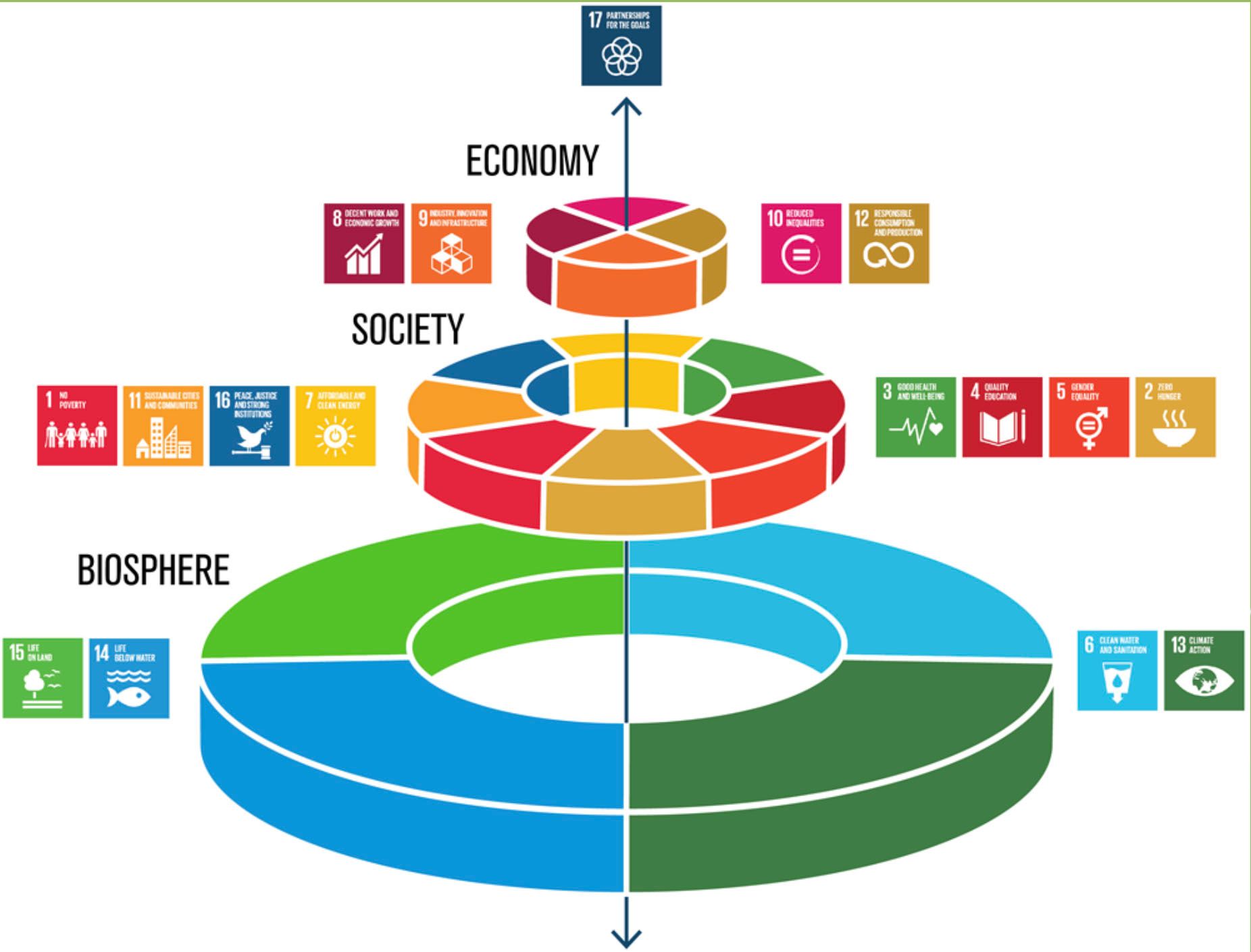The 7 Stages of Product Development (and How to Make Them Work for You)
In this guide, we'll explore each stage of product development, discuss how it works in real life, and offer some tips on how to make it work to your advantage.
But if you want to develop further knowledge on product scaling and the true process of being well succeeded with your team, then you will have to join us in our product development game. Join our demo!

Is product development the same as product management?
A designer might tell you that it is a crucial part of what makes their job exciting. To an engineer, it might feel like a necessary but tedious step toward production. To a project manager, product development might seem like such a broad term that its definition is unclear. And at large companies, where dozens or even hundreds of people work together throughout a single project, defining and navigating what product development entails becomes increasingly complex.
For some projects and companies, it's helpful to understand every stage involved in creating your newest innovation, from idea to market—what is product development?

What is product development?
Product development encompasses a broad range of activities, from conceptualization and design to prototyping and marketing. Engineering product development is often broken down into a few discrete stages, including early research and design, initial concept design, detailed engineering design, production planning, tooling, manufacturing, and test marketing. These stages usually follow some type of product development life cycle.
Here are seven product development stages that can help you develop products more efficiently.
1. Idea:
In order to achieve your business objectives, you must figure out what product development stage your idea falls under.
The first stage in product development is idea generation. For example, you might come up with a great idea when your company has downtime, such as on the weekend or during slow periods. Once you have an idea, it's a good idea to consider the following factors when initiating a new product concept:
1. The most important factor when initiating a new product concept is identifying your target market. If you're not sure what kind of consumer would be interested in your product, you might want to consider using a survey or focus group.
2. Another way to get an idea of who might buy your product is by looking at other similar products and figuring out why they were successful or unsuccessful.
3. Once you've identified your target market and have an idea of what your product should be, it's time to start researching your competition and figuring out how you can make your product better than theirs. It might be helpful to consider what products are missing from the market or whether there is a new way that consumers could use a similar product in a different way.
4. Once you've done your research, it's time to develop your product. The most important factor in product development is figuring out your budget and whether or not you can afford to develop a prototype. Many people overlook costs like advertising and shipping when they think about their budget, so it's important that you include these things as well.
2. Planning:
Once you've figured out what you want to build, it's time to get serious about planning. This stage is known as formulation and involves business modeling, market research, product development engineering, etc. The goal here is to formalize your ideas and get feedback from team members and investors.
Like your business plan in Stage 1 of product development management... don't forget to revisit your goals at each stage of product development! In the second stage of product development, you'll flesh out your idea and figure out how it will work. The goal here is to create a prototype that can be tested and refined with real users. In many cases, you'll also want to hire a designer during this phase.
It's important to keep in mind that prototyping doesn't have to mean building an app or website from scratch. Often, all you need is a wireframe or mockup so you can test whether or not your product will even work. Prototyping might sound like unnecessary overkill if you're just trying to test an idea on paper but it's crucial if you want feedback from potential customers before making any major investments into product development and design.
Don't worry about getting everything perfect right away; what matters most is whether or not people like what they see when they use your product! If they do, great!
3. Execution:
While it's important that you have a well-defined product development strategy, implementation is equally critical. Product development can quickly get out of hand without a clear plan and schedule and lead to costly missteps. Unfortunately, this happens more often than you might think.
In fact, according to a study conducted by Capgemini Consulting and MIT Sloan Management Review, companies surveyed missed their targets by an average of 33 percent after three years. To avoid delays or other mishaps in execution, develop a realistic timeline for your product development based on its scope and complexity, as well as your company's resources and capabilities.
A good rule of thumb is to start with a six-month plan and then adjust accordingly. If you can get your product into the market within that time frame, it's probably feasible. If not, you might need more time—or additional resources—to make it happen.
However, you choose to schedule it, make sure everyone involved in developing your product understands what needs to be done when. And if there are any changes along the way—which there likely will be—be sure everyone is aware so they can adjust accordingly. It also never hurts to have contingency plans ready should something unexpected arise that impacts delivery dates or budgets. That way, you won't be caught off guard if things go awry along the way.
4. Reflection:
The nature of product development is ever-changing. As a result, many entrepreneurs struggle to know when to stop testing their ideas and go live. To solve that problem, some use seven levels of product development as a guide.
Inventors from big brands such as Frito-Lay and General Mills have used these stages—which consist mostly of applied research—to help define their product development strategies. However, you can take advantage of these levels with careful planning and execution!
As an entrepreneur, you'll need to decide how early you can get valuable feedback about your idea in each stage. For example, does your target audience really understand what you're building? Or do they have a solid grasp on how much it will cost?
If you're working with a product development company or are using freelancers. In that case, these stages provide them with insight into what's most important to your success. This helps them create better products and services that can help you build a successful business!
5. Launch:
Once you've gone through these seven stages of product development, you should have a well-defined strategy for how to move forward with your idea.
Your next step will be choosing whether or not to launch.
Launching is a great way to both get eyes on your product and test early assumptions, but you can't rush it. If you move too quickly into launch mode, you might create something that looks good on paper but doesn't perform well in real life.
In other words, your customers may love what they see—but they won't be inclined to purchase it if they don't feel like it solves their problem or improves their experience. So before launching your product, make sure you go through several stages of product development and research to ensure that what you're putting out into the world is something people actually want and need.
Here are some important things to consider: 1) start small and 2) get customer feedback as soon as possible.
Don't waste time trying to figure out every detail about your new idea before releasing it into the wild; test assumptions early on so that you can get valuable insights from real customers sooner rather than later.
As Jeff Bezos says, You have to experiment in order to scale.
6. Iteration/improvement:
Let's start with a simple definition: product development is all about iteration and improvement. One thing many people don't realize is that product development involves not just creating something new but continuously improving it.
This can be an iterative process, which means each step towards a product or service-build on what came before it—so you can gradually work your way towards something great. It's also important to note that iterations may not even result in improvements; sometimes, you discover flaws in your idea and have to go back to square one—or rethink things entirely. In any case, here are some useful tips for managing various product development stages from start to finish
7. Scaling:
The stages in the product development framework don't end with ideation and design; you also need to consider your process for scaling your business. Just because you can create a kick-ass product doesn't mean you can replicate that success over and over again.
Figuring out how to scale your product is critical, not only so you can successfully grow your business but also so that your customers keep coming back. What does it take?
It depends on what part of the growth funnel you are operating in: If you are selling directly, selling into big box retailers requires a different approach than what it takes to sell online.
The key is matching up your distribution channel with each stage of product development. Start by asking yourself these questions: What is our strategy?

Who is part of the product development team?
As these stages unfold, your team may include scientists, engineers, designers, and developers. It's important to bring these members together early in order to create a foundation that meets your customers' needs while taking advantage of technology and existing products and services.
Conclusion
What's important to keep in mind is that there is no single way product development works. Each project has its own dynamics, and being able to adjust quickly is key—as well as knowing where you are in your process at any given time.
For example, you may have a strategy-stage at times, a new idea or direction that seems like a good one but needs more thought before moving forward. Or, you might find yourself spending lots of time on just one stage in an attempt to get things done faster.
There's no right answer as every project has different characteristics—but if nothing else, it should be clear that product development doesn't always happen predictably or linearly. The key is understanding what your project looks like and being able to anticipate and respond accordingly.
At each stage in product development, it's important to take a step back and consider where you are in terms of process. It can help you move forward faster and more efficiently by knowing when you need more information, ideas or feedback before moving on. And even if you don't need any additional input at that time, asking yourself these questions will help keep your eyes open for potential changes down the road so you can course-correct when necessary.
Bonus tip!!!




